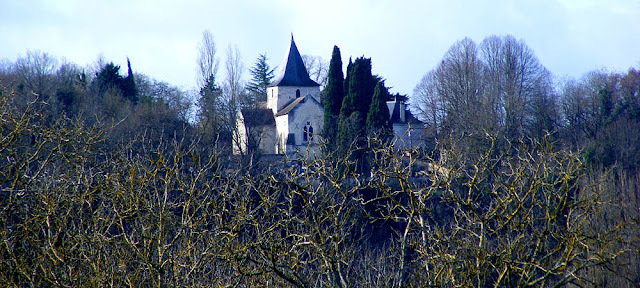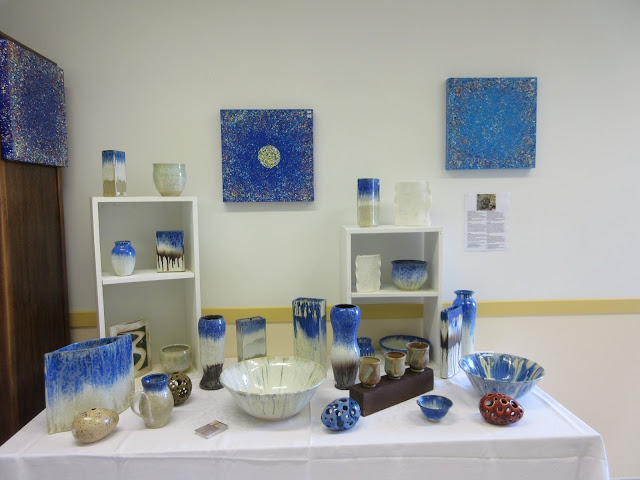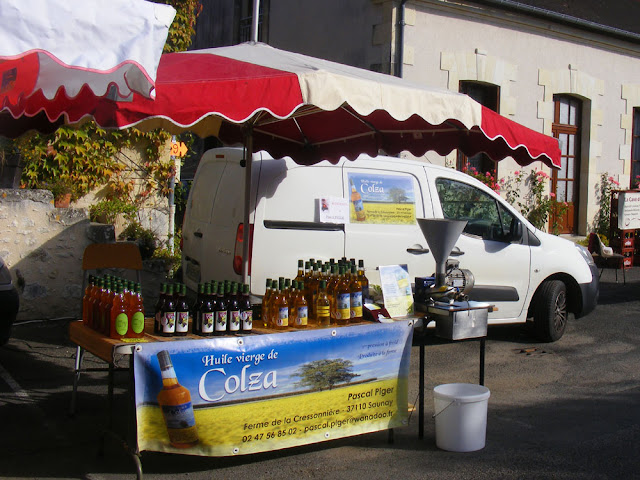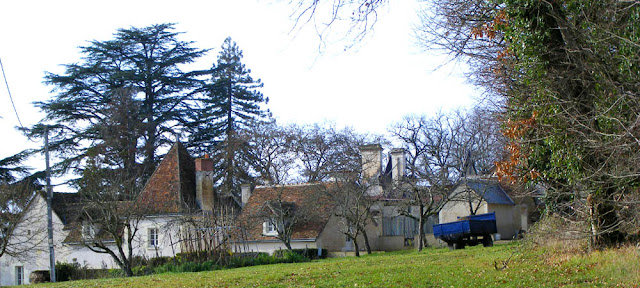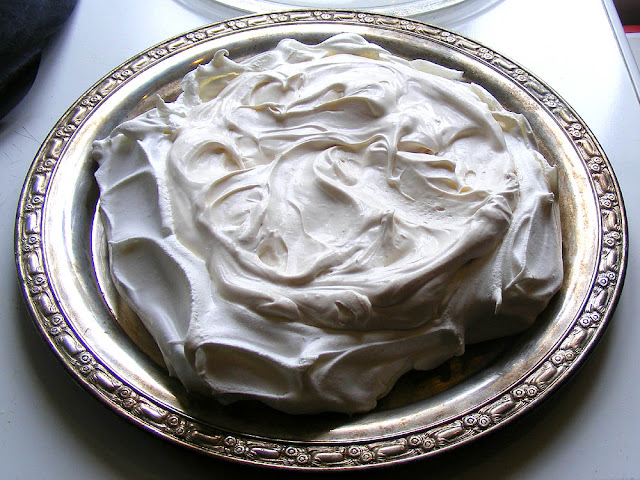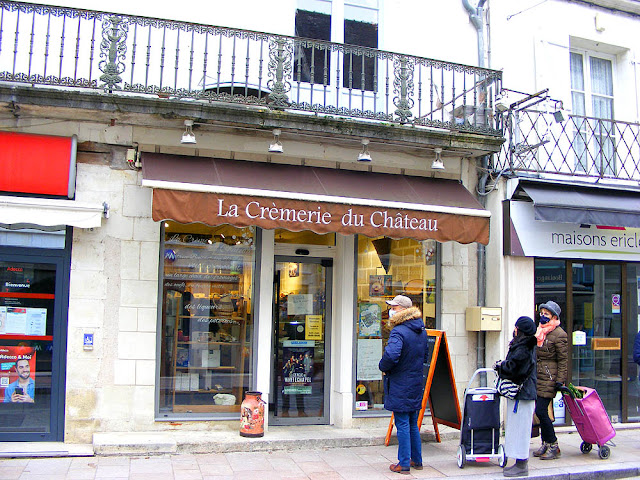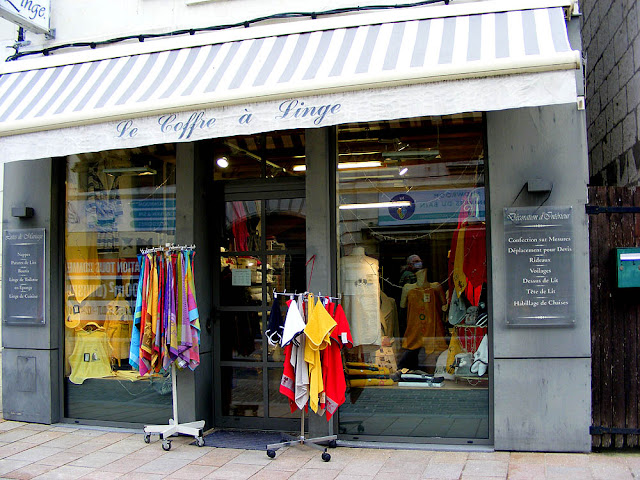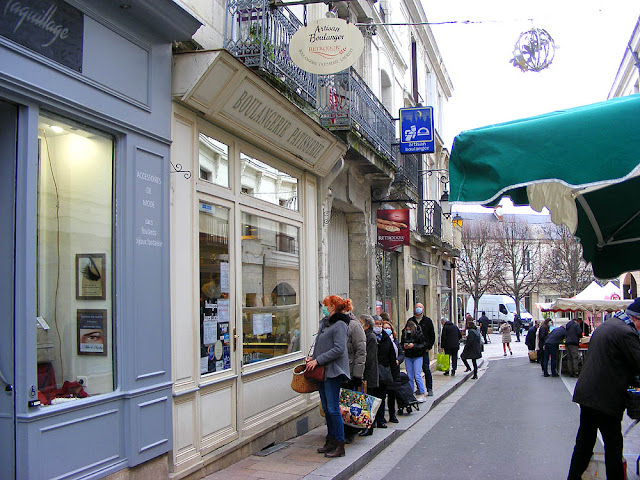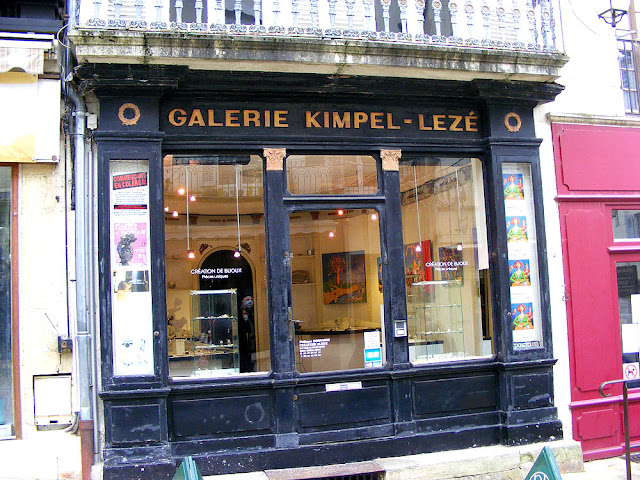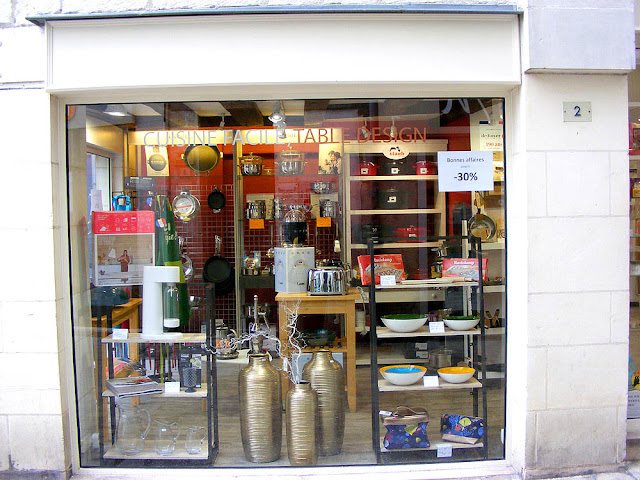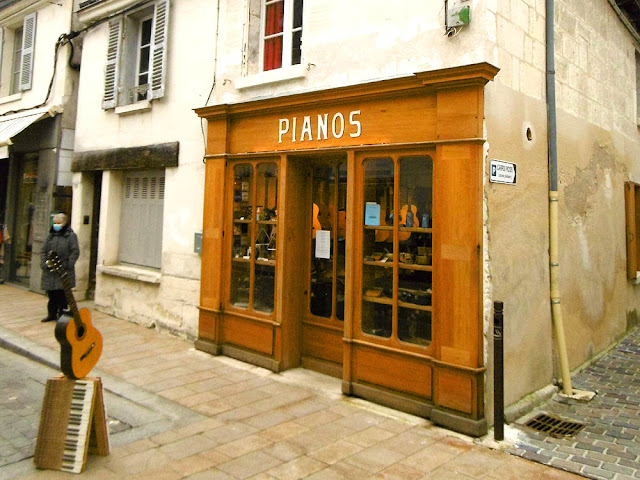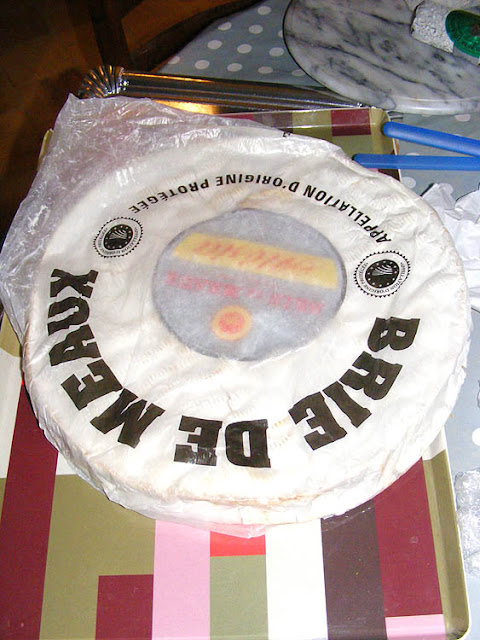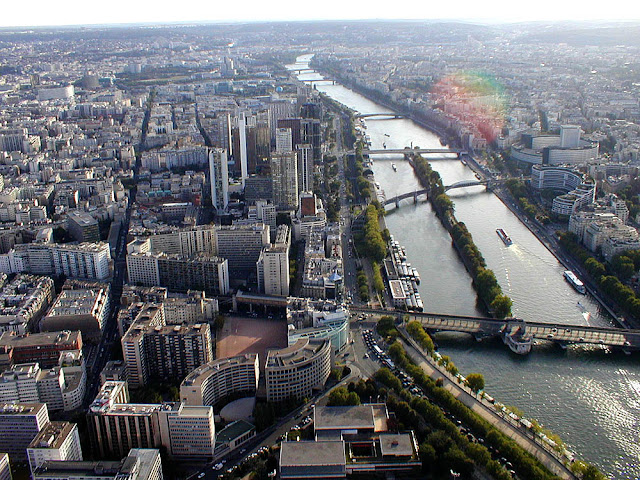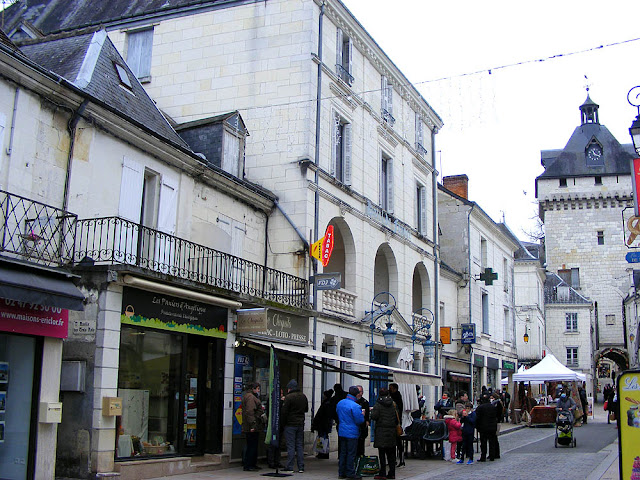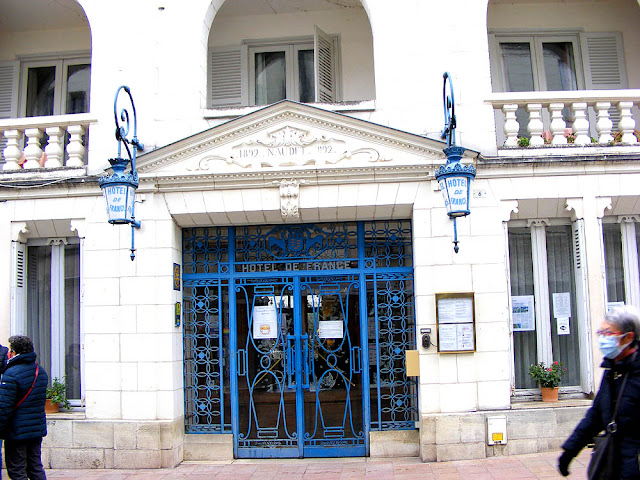Recently an American contact of mine mentioned staying at the Chateau de Pray,
near Amboise, and it prompted me to mention that I had been contacted by the
son of someone who had worked there and had been in the Resistance. He wanted
me, and indeed the world, to know his father’s remarkable story, so I am
delighted to pass it on. It is, like all these stories, very moving and full
of ordinary people doing extraordinary things.

|
|
Victor Maîtrejean in 1950.
|
Early in 2010 I was contacted by Pascal Maîtrejean, who told me about his
father, Victor. This was in response to a public appeal for information about
a Resistance memorial that I had made some months earlier.

|
A close up of the memorial in the forest near Verneuil. Carved into
the bottom part
are the names of all the dead.
|
Victor Maîtrejean was born in 1921 in Algeria (then a French colony). At 14
years old he lost an arm in an accident on an airfield when he was turning a
propeller by hand to start an aeroplane engine. In 1940 he and his mother
moved to central France, where he took up an apprentice gardener post at the
Chateau de Pray between Amboise and Mosnes.

|
|
Victor Maîtrejean's identity card.
|
The Germans took over the château, and when they left, an SS officer offered
Victor a gift of the vehicle that had been used as the officers' transport.
Victor, who was young and impressionable, was delighted and moved towards the
car. His boss, the head gardener, who had been through the First World War,
warned him not to touch it. Sure enough, the door had been booby trapped with
a grenade, and had Victor opened the door...

|
The memorial to the maquis Césario, deep in the forest
they used
to hide in. The only sound here now is birds calling.
|
Following this event, he joined the maquis (the Resistance), and didn't
return to the place until the end of the War. After the War, anyone who wanted
to be recognised as a combattant and receive a military pension needed to make
a statement of where they fought and what they did during the War. I have
translated his account of some of the action he saw. (FFI stands for
Forces Françaises de l'Intérieur.)

|
|
The memorial to those men forced to dig their own grave and buried
alive.
|
"On 24 June 1944*, being in the maquis FFI of Loches, commanded by
Césario Bretegnier, we took up arms and left at 3 o'clock in a bus to patrol
and ambush. At 9:30 after having made around 30 kilometres, we came to an area
called le Liege. We hid up and rested until 11:10, when we saw a German truck
coming over the brow of a hill. As soon as they passed we attacked. The truck
caught fire and we killed 13 German soldiers - a number that must have brought
us bad luck, because we didn't know that behind this scout truck there was a
company of Germans. The battle raged from 11:10 to 18:05 - 34 against 150 to
200. We killed 21 German soldiers and set two trucks on fire at the beginning,
but it was too much and later, field upon field, vine after vine we retreated
and lost 7 men killed and 5 others we know were captured and forced to dig
their own grave then interred alive. By this time some of us were down to a
single cartridge or grenade and we had lost our bus. On the Loches road there
is a memorial as you leave le Liege, for those who were buried alive, and
another at Verneuil-sur-Indre to my companions who were killed or died after
deportation. As a result of my participation in this battle I have been
awarded the Order of the Army."
*His son thinks this may be a mistake and it should read aôut
(August).
Victor died in 2009, which was when Pascal found the ID card and some
associated paperwork. Vale, Victor. I think we would all like to think
that we would have been as brave.
************************************************
For details of our private guided tours of chateaux, gardens, wineries,
markets and more please visit the
Loire Valley Time Travel
website. We would be delighted to design a tour for you.
We are also on
Instagram, so check us out to see a regularly updated selection of our very best
photos.
********************************************
UPDATE: RESPONSES TO COMMENTS
Jean and chm -- I think Victor was one of those quietly amazing people. His son couldn't have been prouder of him. Quite right too.
Cybergran -- yes, the knock on effects were felt for more than a generation and by almost every family.




